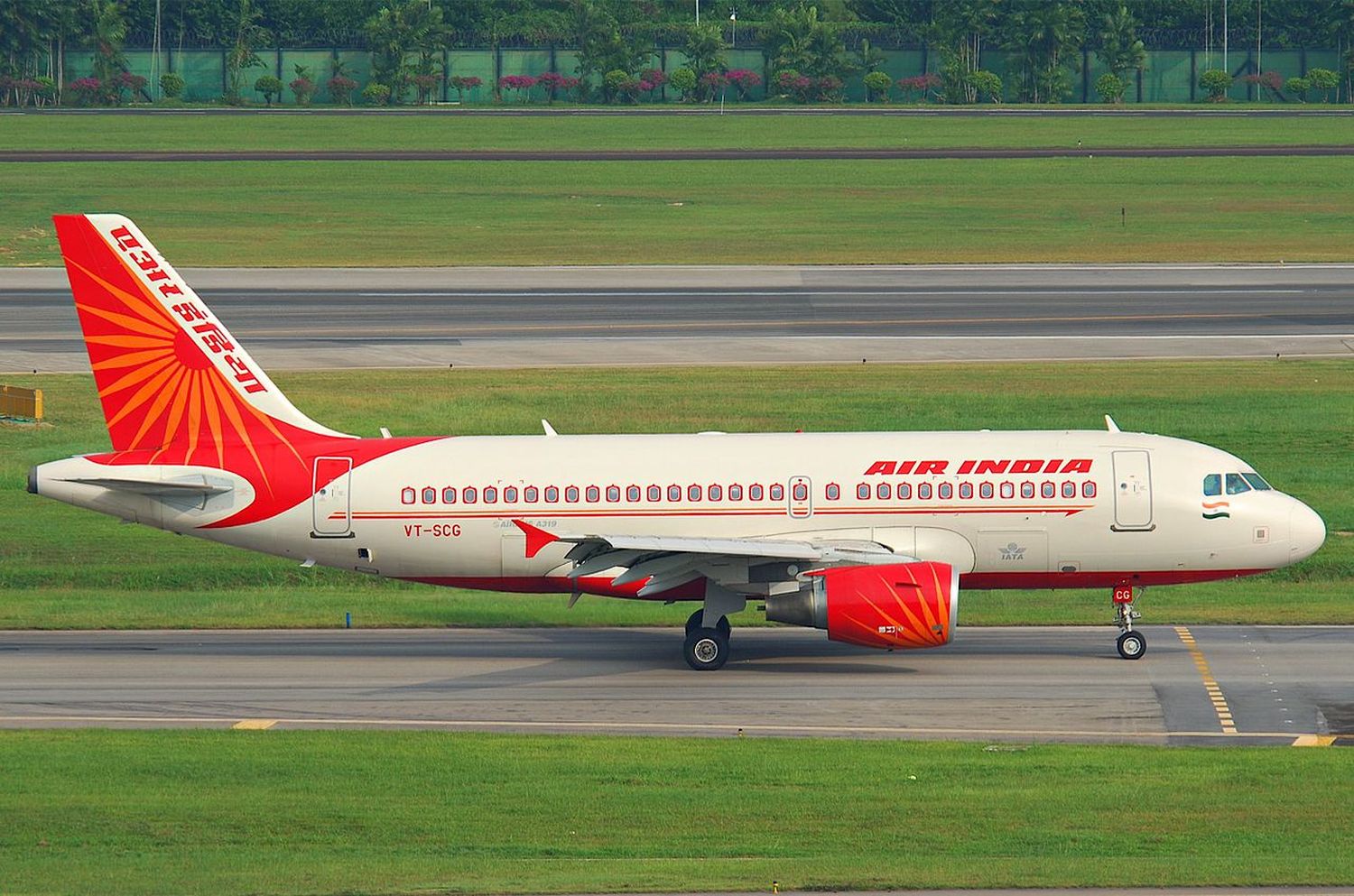Airbus A319s will be converted into Airborne Early Warning and Control platforms for the Indian Air Force (IAF) from aircrafts sourced from Air India.
According to India Today, the deal has already been approved by the Cabinet of Ministers’ Security Committee. The state-owned Air India will provide the aircraft for the Defense Research and Development Organization (DRDO) to modify them by installing various in-house developed electronic equipment integrated within the Netra Mk2 system.
Indian AEW&C Netra system
Netra is the name given to the airborne early warning and control system developed by DRDO to equip the IAF with an in-house equipped platform to complement it´s 3 highly capable Il-76 AEW Phalcom.

It is mainly based on an AESA radar composed of two flat antennas assembled back to back and mounted on the top of the fuselage of a modified Embraer ERJ 145, in a configuration analogous to the E-99 with the Swedish Erieye radar, offering a radar coverage of °240. India has 3 operational aircraft of this type.

The next generation of AEW aircraft being developed in India was extremely ambitious. It was intended to mount a large 4-stage AESA flat plane radar, for °360 coverage, in a dome on top of an Airbus A330.
An interesting particularity is that each phase of the radar was planned to have 2 different types of antennas, one emitting in L-band and the other in S-band, maximizing the chances of detection and tracking by combining the strengths of each type of emission.

The original intention was to convert 6 Airbus A330s to this variant, which would have resulted in the largest and most powerful AEW&C system in the world, with truly strategic capabilities. But in the end the project did not succeed, probably due to economic constraints.
Netra Mk2
But the need for a national airborne early warning system did not go away, so the project continued, in a much less ambitious form, in the Netra Mk2.
As the name suggests, this is an evolution of the first variant. The Mk2 will use the latest GaN technology for its primary radar equipment, which should nearly double the detection range, while improving countermeasure resistance and increasing the ability to detect low radar section amens.

It also adds a third antenna on the nose of the aircraft, which would extend radar coverage to about °300. Some of the images shown (initially on A320 aircraft) also evidenced the addition of a surface scanning radar under the forward fuselage, in order to have additional detection and reconnaissance capability over sea and land.
Other important elements to mention are the incorporation of passive emission detection and communications systems, optronic tracking systems, satellite data link, identification friend/foe (IFF) and electronic warfare systems, all of national development.


Comentarios
Para comentar, debés estar registrado
Por favor, iniciá sesión